There is a concept in audio drama called 'Theater of the Mind,' wherein purely through some combination of recorded sound and the listener's imagination, whole worlds can emerge. The audience can be catapulted into space or plunged beneath the sea through clever design elements and the power of suggestion alone. Something similar happens when taking in the work of Aiko Takahashi, who describes themself as "not a person in the traditional sense, but a musical entity. A voice without a face, shaped by the [Italian and Slovenian] borderlands of Gorizia and Nova Gorica." It is a music of contrasts and oppositions, but ultimately one of cohesion. On Monologue, their latest release for Quiet Details, "a record label where each release is an interpretation of the name," their music speaks us into tactile awareness. It's a sensory experience akin to ASMR with a playful side.
My own entry into the world of sensory exploration comes from years of working with children whose hunger for novelty in texture, color, light, and sound primes me to love and seek this multidisciplinary approach to composition in much the same way. With the track titles on this album suggesting the characters to listen for on Monologue—such as "Rayons, Cheesecloth, Cord, and Acrylic Rods"—the rich tones combined with shuffling and clanking sounds (created through sine waves, tape recorder ambiance, and felt piano, as well as other percussion elements) evoke the materials named.
And yes, these elements are all tools common to arts and crafts spaces, something that makes sense in the context of Aiko's other job in relation to this release: "Also a visual designer, Aiko creates their own cover art, drawing inspiration from architecture, sculpture, and the tactile world of objects. Each release is conceived as both a sonic and visual experience." They see visuals as "inseparable from the sound, part of the same breath." Whether it be through images conjured in the mind or visible in the form of album art, Aiko's vision is made graspable here. We corresponded via email just after Monologue's release so as to preserve the comfort and anonymity of the artist.
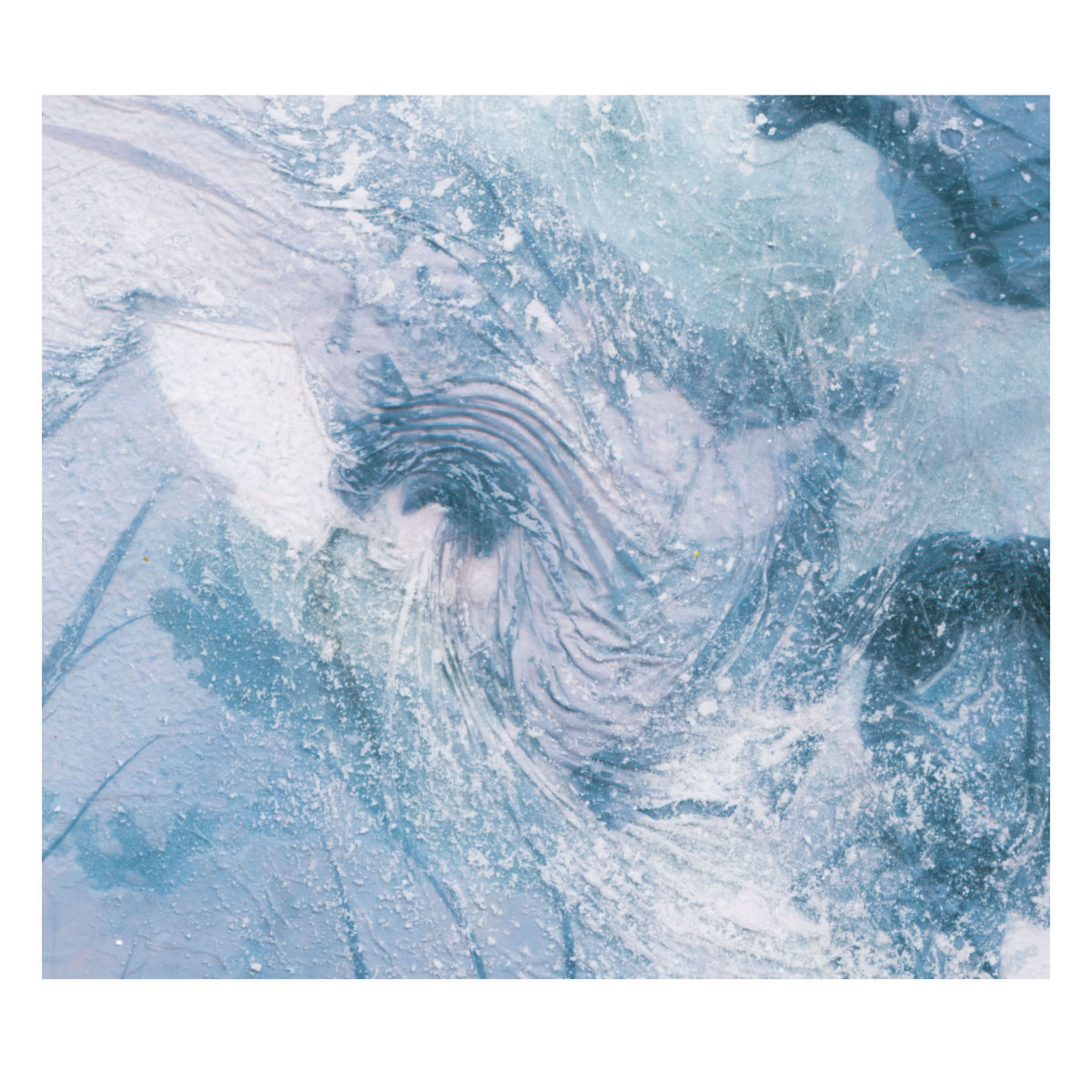
Meredith Hobbs Coons: The song titles on Monologue each seem to reference craft materials or items—"Soap and Glass Beads" being one example. What is your personal relationship to arts and crafts?
Aiko Takahashi: For me, crafts are about touch: the texture of a surface, the small imperfections that make something feel alive. I'm not a craftsman in the literal sense, but I approach sound in the same way: building with my hands, even if those "hands" are keys and faders. I think of each track as an object, something you can almost hold. Titles like "Soap and Glass Beads" are my way of anchoring these intangible sounds to physical sensations, to things you could keep in a pocket.
The other day, I was watching what I think was a music educator on YouTube—I don't remember. He was talking about how Igor Stravinsky was a phenomenal creator of sonic objects. I find that idea fascinating. His intuitions about certain chords or instrumental combinations are, in themselves, in a germinal way, sonic objects. And in the end, there's nothing more artisanal than creating a single, specific, and unrepeatable object.
Perhaps that's what I feel is somewhat missing in ambient music at the moment. Then again, it might be worth asking whether the term 'ambient' is still the right one for the current landscape.
Meredith: Tell us about what drew you to the Quiet Details series for this release.
Aiko: Quiet Details felt like home from the first conversation. There's a genuine care in how they approach releases. No rush, no forced narrative. I liked that the series itself is almost an act of curation within curation: each album a slow, careful addition to a larger mosaic. For Monologue, that pace and attention felt exactly right. It's rare to find a label that treats music like something to live with, not just something to promote for two weeks and forget.
Meredith: Who are some of your major influences on your art-making, audio or otherwise?
Aiko: Musically, I'm drawn to artists who treat sound like fabric. The Humble Bee, for example, whose work feels hand-stitched. Alaskan Tapes, Ann Annie, and of course David Cordero have also shaped my sense of atmosphere and composition. Taylor Deupree's work (and his Substack writing) has been an influence.
Visually, my roots are in the work of Lojze Spacal, Zoran Mušič, and Milena Usenik, all tied to my home region. Their ability to distill place into texture and color resonates deeply with me. Architecture has also shaped my thinking: Zumthor and Chillida's balance between void and matter is all part of my vocabulary.
What I resist is the current trend of chasing the 'exotic' or 'different' only on the surface, selecting collaborators or aesthetics because they look diverse, while the music itself is indistinguishable from a thousand others. In the end, that flattens the spectrum instead of expanding it.
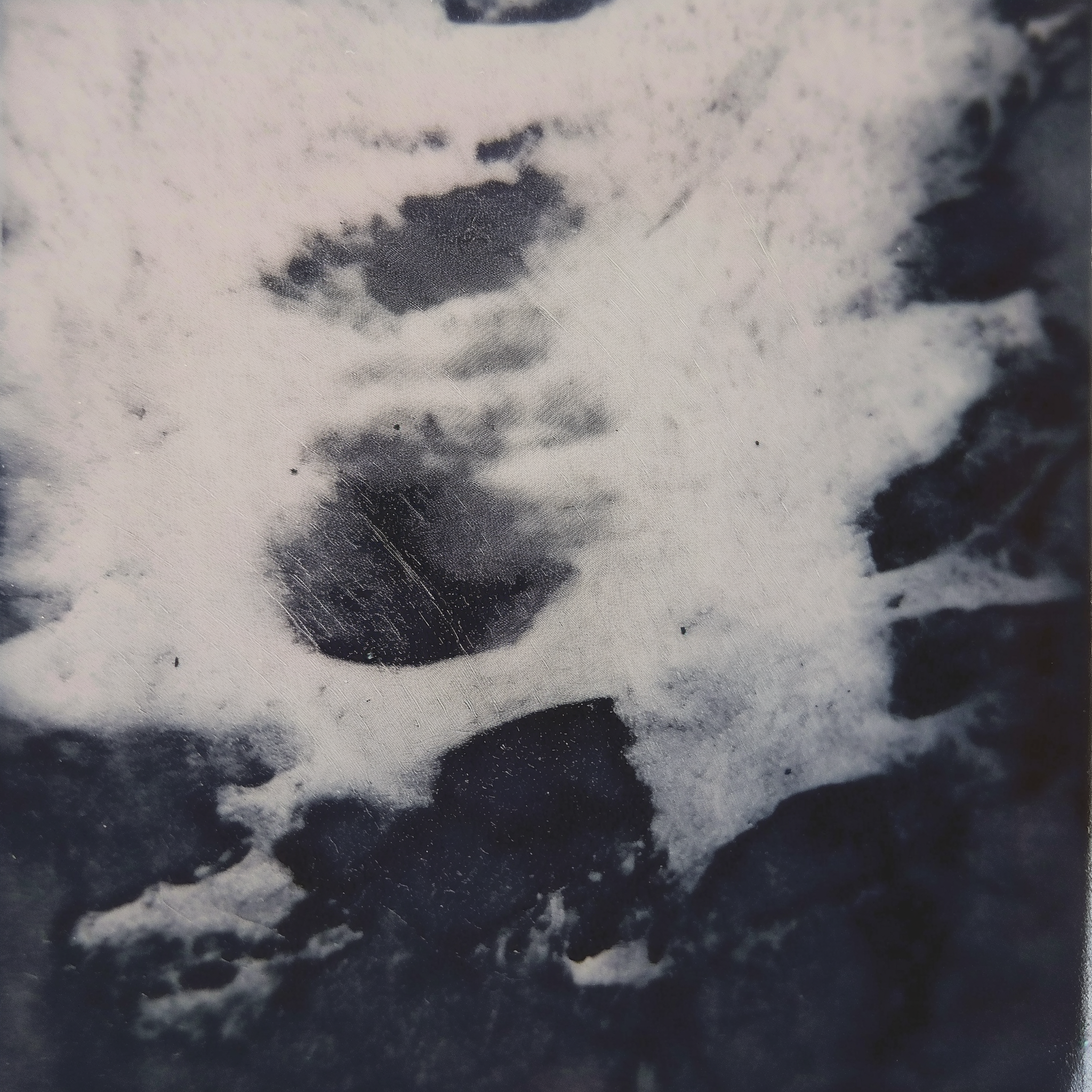
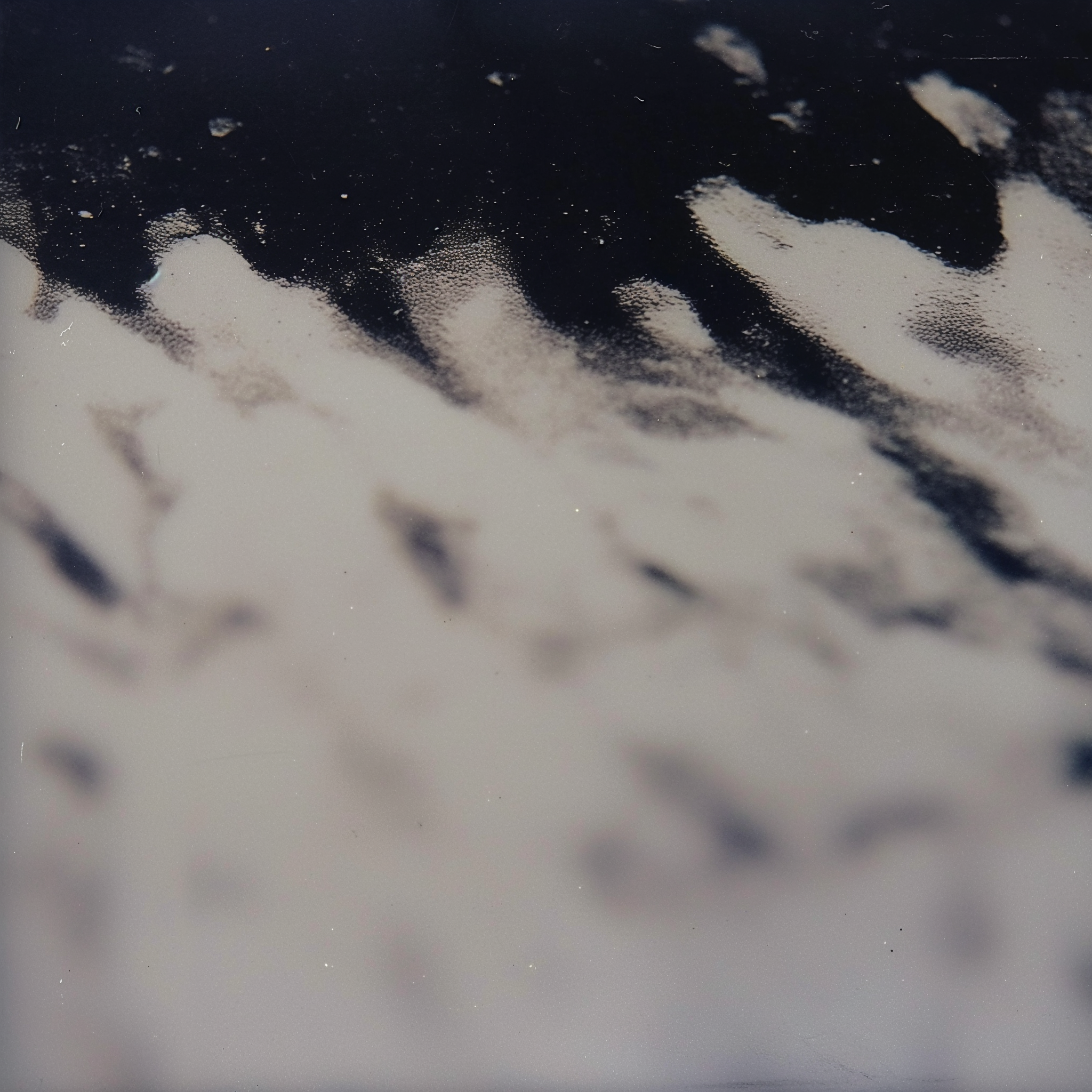
Photographic artwork by Aiko Takahashi.
Meredith: I love what you've said about an artistic creation serving as a sort of monologue, only becoming a dialogue once the audience enters the equation. Do you prefer to work alone?
Aiko: When I say "monologue," I don't mean isolation. I mean that each of us, in the quiet of our own inner space, contributes to a wider landscape. The dream, for me, would be an orchestra of ambient musicians. An open exchange between as many voices as possible to create the most intricate, expansive sonic mural.
Most of my work begins alone because it has to; a monologue needs to be spoken before it can become a dialogue. But I treasure the moment when someone else adds their voice, their texture, and the piece becomes something neither of us could have made alone.
Meredith: What does an ideal collaborative arrangement look like for you?
Aiko: The ideal collaboration is built on trust and curiosity. No deadlines, no pressure to match a style, just an open channel where ideas can move freely. I like collaborations that don't feel like transactions but like conversations you want to keep having. Sometimes the best contributions are the ones you didn't know you needed until they arrive. If there's no surprise in a collaboration, then it's just parallel work, not real exchange.
Meredith: What musical instrument or piece of gear that you own do you find most aesthetically appealing?
Aiko: My old cassette deck. It's not the most valuable piece of gear I own, but it carries a kind of quiet dignity. The way the buttons click, the faint hum before the tape starts. It's a reminder that sound is physical. I sometimes use it to re-record material, not just for texture, but for the ritual of pressing 'play' and 'record.'
Meredith: Describe your field recording process. Where do you prefer to source your sounds, and what is your usual setup like?
Aiko: I keep my setup small so I can carry it everywhere. Usually just a handheld recorder and sometimes my phone. I'm more interested in moments than in pristine quality: the echo in a stairwell, the sound of a market before it opens, the wind against a half-closed window. I rarely go out 'looking' for sounds. I let them arrive, and when they do, I try to be ready. Chasing a sound often kills it; waiting for it to find you keeps it alive.
Meredith: How has your process evolved since you first began making music?
Aiko: In the beginning, I thought I had to control everything. Now I leave more space for chance, guided improvisations, unplanned textures, accidents that become essential. I've learned that stripping things down often brings you closer to the core of a piece. I try to work with the minimum needed, because too much polish can erase the small imperfections that make a work feel alive. Right now, however, I feel like going back again, but in a different way. I want to have more control, but in a compositional sense. To study composition more deeply and let improvisation take less of the lead. Lately, I see too much ambient collapsing into long, interchangeable swells of sound—pieces that could start and end anywhere. I want my work to have a spine, not just a cloud.
Check out more like this:
 The TonearmMichael Donaldson
The TonearmMichael Donaldson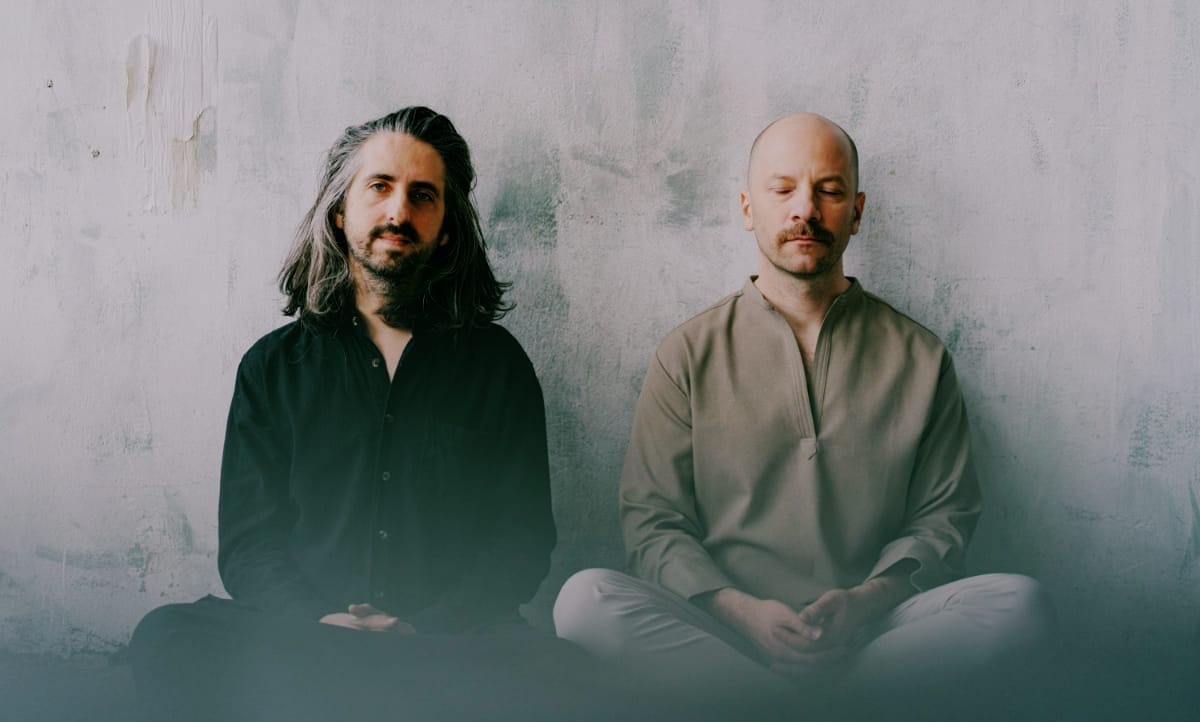
 The TonearmMykadelica
The TonearmMykadelica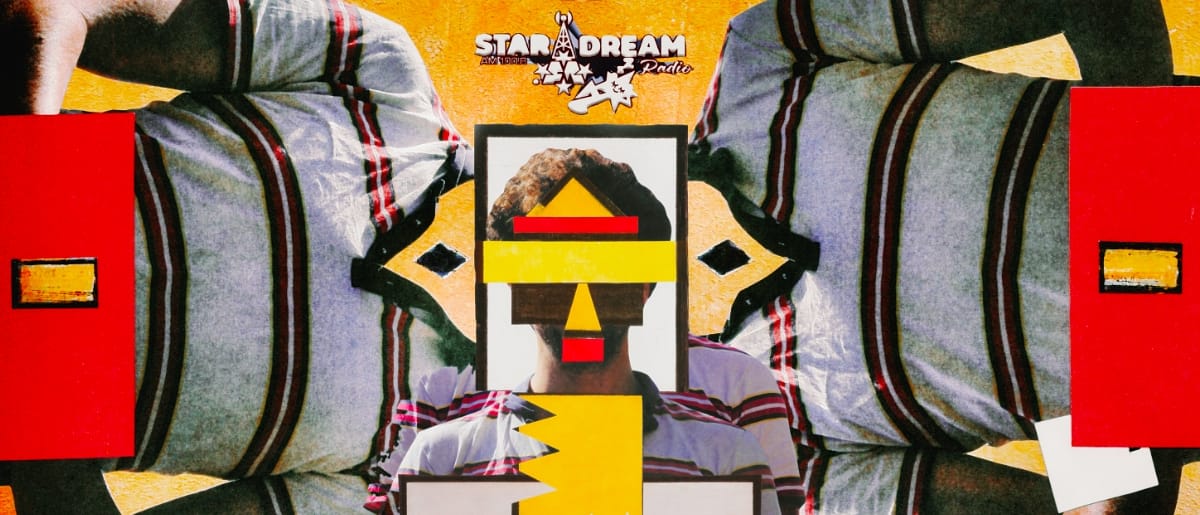


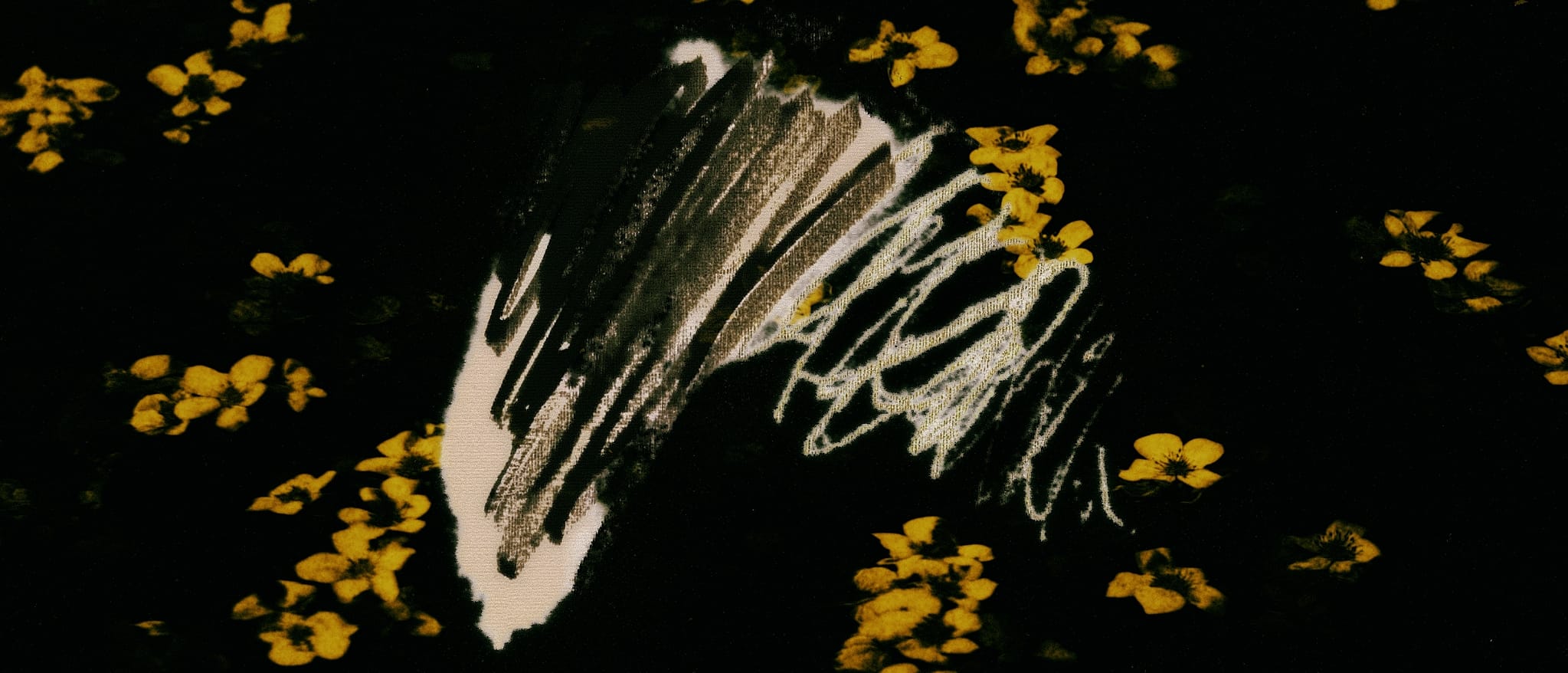


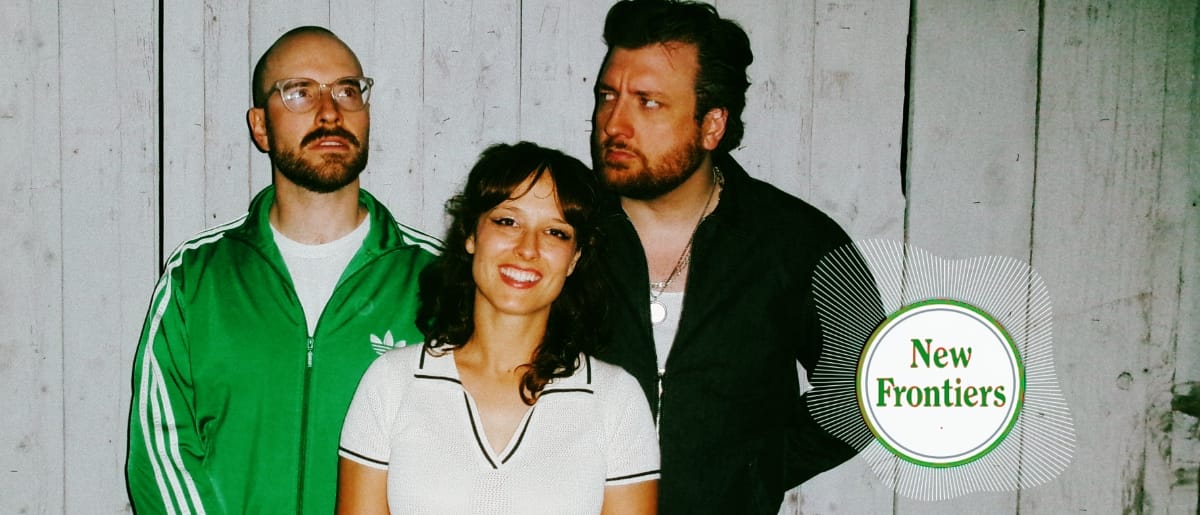

Comments